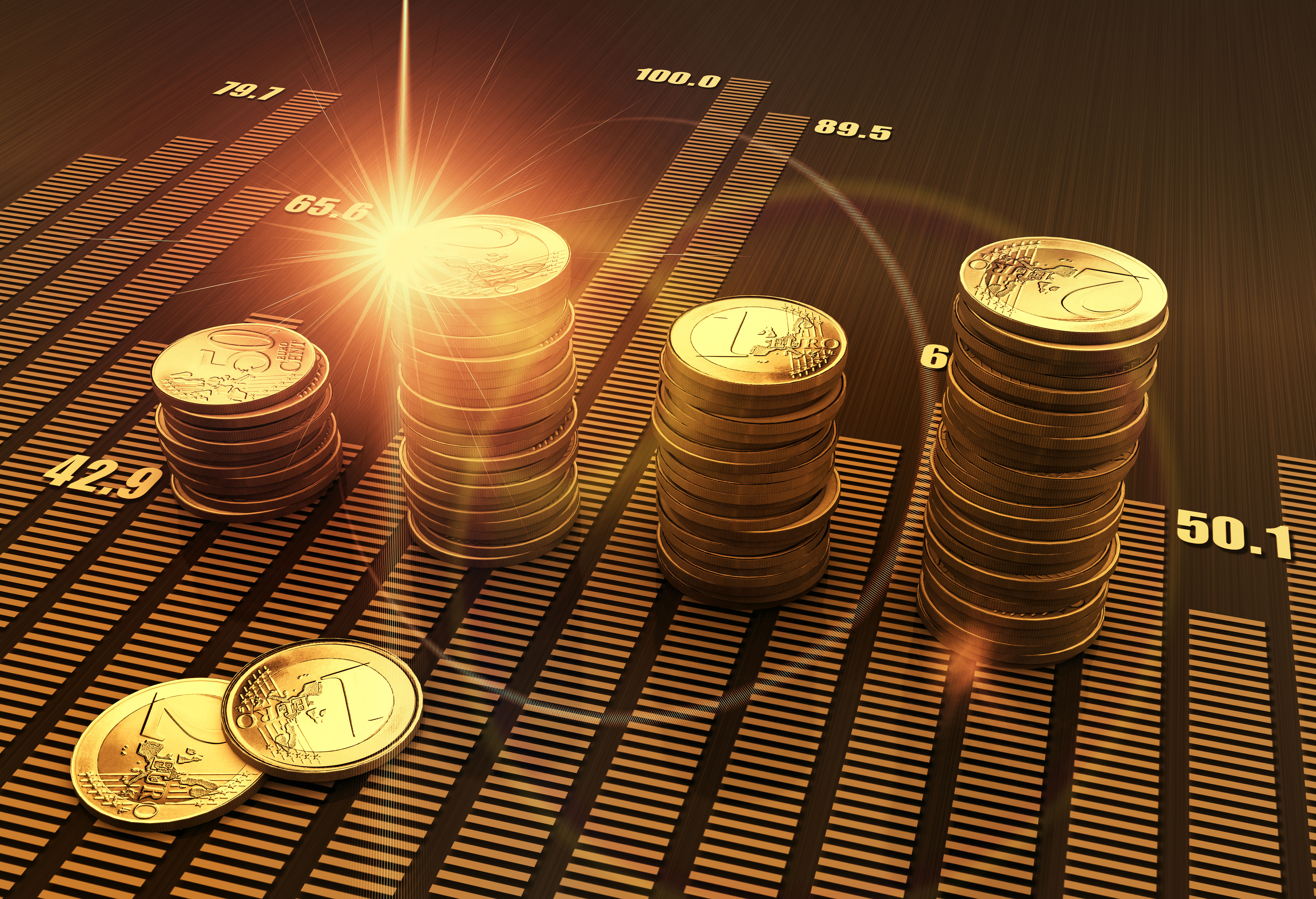Cash has a way of driving economies around the world and in many cases, it is still king. It isn’t just physical cash anymore, with digital payment methods like direct deposits and even cryptocurrencies taking a share of the circulation. It’s clear that it plays an important role in our lives and will continue to do so for generations to come. Despite all the cashless methods that are out there, it continues to be a reliable means for economic transactions across numerous countries.
Those of us actively participating in the next evolution of payments sometimes forget that for many, cash is still around and actually considered necessary. This article includes some statistics on current cash circulation as cited by the US Treasury:
“Half of small transactions (less than $50) are made in cash. At the current rate of decline, cash will be a major form of payment for 200 years! So, anyone who says this year is the year is out to lunch. For fun, approximate daily circulation:
• 38 million bank notes
• 42 million coins
• $2776 per US resident
• 6% of US GDP (vs 3% in Canada)”
Cash offers simple, anonymous payments that cannot be tracked or monitored. This means cash remains the trusted go-to payment option for those without bank accounts, those who would like to maintain privacy, or those whose trust in digital methods has been shaken with cyber-attacks on digital wallets.
Just as ATMs did not replace all bank branches and as debit did not replace all checks, we only add to our options. Prior forms, particularly ubiquitous and anonymous cash, will stubbornly stick around.
Overview by Sarah Gratto, Director, Debit Advisory Service at Mercator Advisory Group
Read the full story











